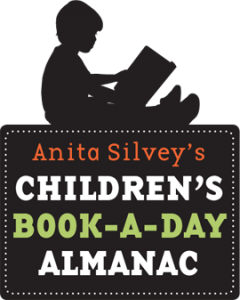
Once, when we were assigned to write a story, she stood in front of the class with mine in her hand and said she wanted to read a wonderful sentence from it: “Round the world, then back home they flew.” Thatʼs all she read. Just that one sentence. I donʼt remember who, in that story of mine, was flying or what spurred their trip around the world. And though Mrs. Crisick told the class why she liked that sentence (“You could feel the movement in it”) I really couldn’t t see what made it any different from the rest of the sentences in my story, which were probably pretty mediocre.
To the aspiring writer, what he or she does right can be as mysterious as what she does wrong and Iʼve learned, when reading manuscripts, to hit those right things hard. In fact, I can sometimes go into interrogation mode: This word/sentence/paragraph/description is fabulous. Do you know why???

It wonʼt be long before the techniques you see in those beautifully-written books will start to become part of your own writing. And in the not-too-distant future, one of your books just might land on Anita Silveyʼs website!

